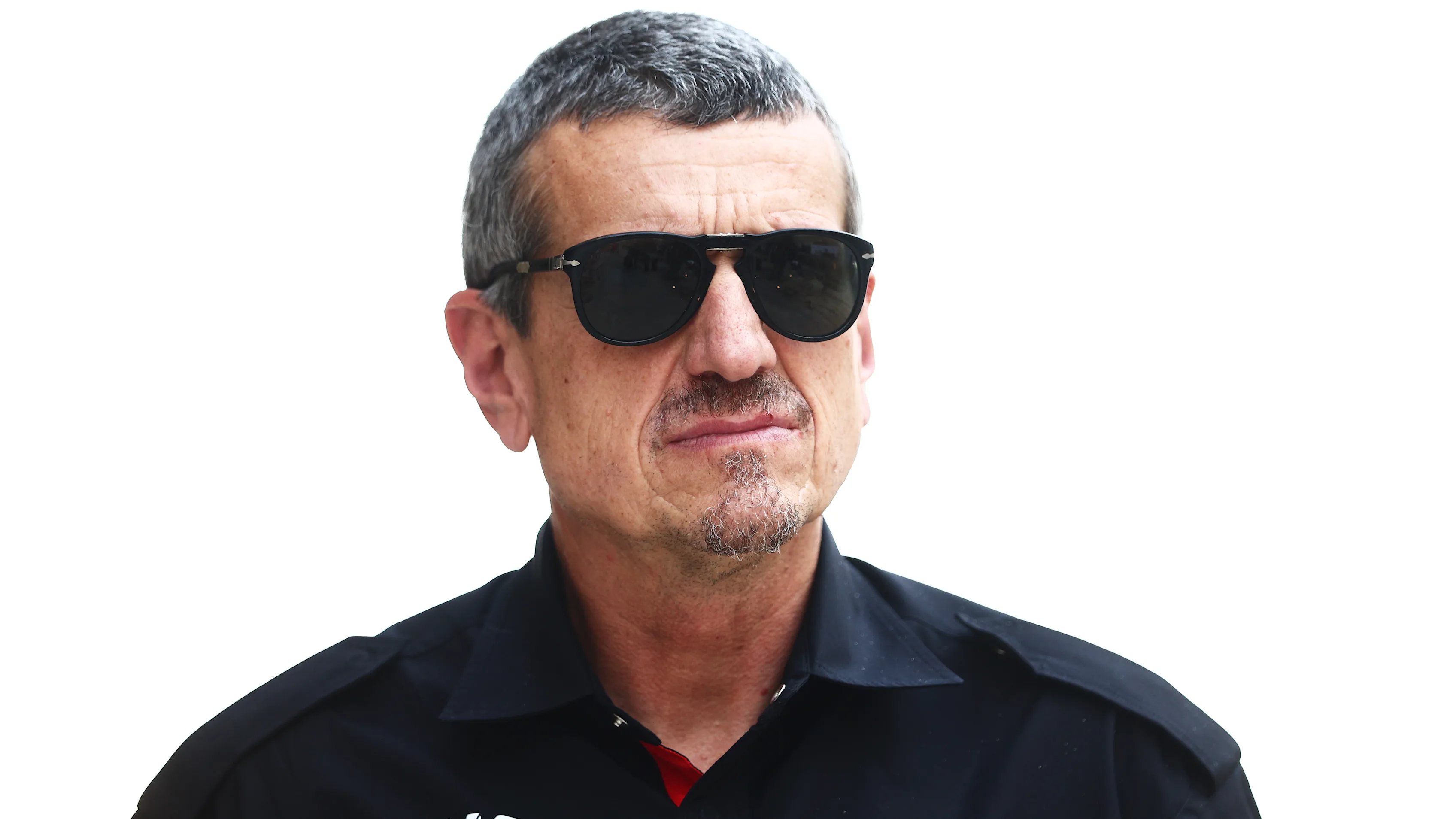The Guenther Steiner way – Drive To Survive's 'reality TV superstar' and the show's impact in the US

Back in 2018, a camera crew invaded the F1 paddock. In the manner of these things, it was, then wasn’t, a big deal. Teams got used to the boom mike hovering over their conversations; the (extremely) skilled film crew, adept at fading into the background, didn’t get in the way and no-one really paid it much heed.
This unnamed Netflix fly-on-the-wall documentary didn’t particularly matter. Mercedes and Ferrari, in entirely predictable fashion, decided such things were an unwelcome distraction and declined to take part – championships to contest and all that.
Next Up
Related Articles
 Formula 1’s record-breaking 2025 season in numbers
Formula 1’s record-breaking 2025 season in numbers Power RankingsWho did our judges rank as the best F1 driver of 2025?
Power RankingsWho did our judges rank as the best F1 driver of 2025? The most iconic recent championship celebrations
The most iconic recent championship celebrations ExclusiveHow Norris made his school teachers ‘enormously proud’
ExclusiveHow Norris made his school teachers ‘enormously proud’ Lindblad's car number confirmed for rookie season
Lindblad's car number confirmed for rookie season Brown insists McLaren ‘won’t change the way we race’
Brown insists McLaren ‘won’t change the way we race’
